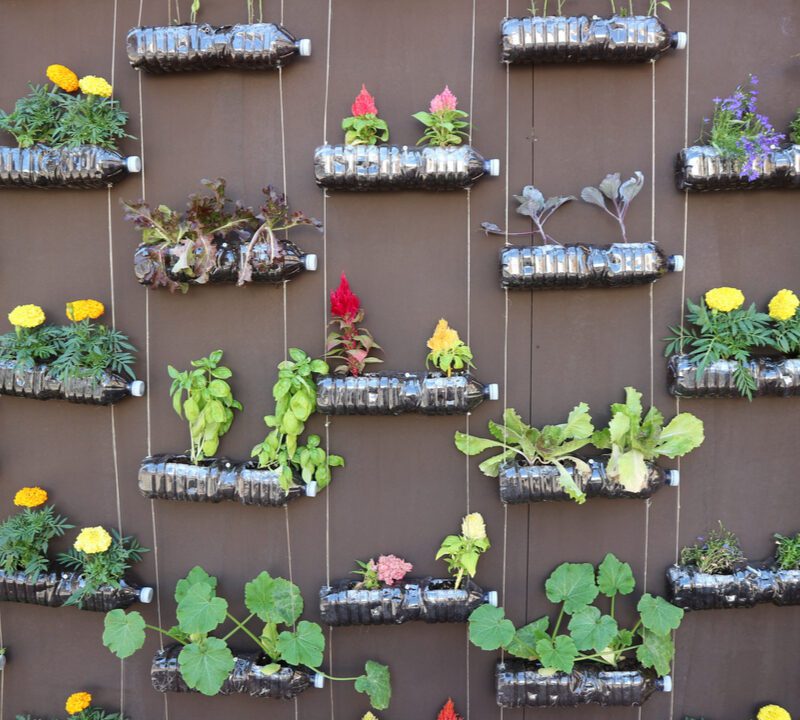- America's #1 lawn care company.
- 225-752-7252
These Are The Most Common Tree Pests In The South

Why Mosquitoes Need Blood And Other Things You’ve Wondered About Them
May 24, 2021
Here Are The Minerals Your Lawn Needs To Succeed
June 21, 2021From microscopic molds to crawling beetles, there is no shortage of pests that our southern trees must contend with. Thankfully, pest control is part of the Trugreen Midsouth tree and shrub care program. By keeping up with the care of your ornamental plants, you can prevent or eradicate many of these common pests.
Common Tree Pests In Louisiana And Mississippi
Crape Myrtle Bark Scale
Closely related to the azalea bark scale, the crape myrtle bark scale originated in Asia and has slowly made its way across the American south. Like other tree scales, this species excretes honeydew, a sweet syrup-like substance that coats the leaves and limbs of plants. This results in a sticky coating that encourages the growth of sooty mold. And like all tree scales, the bugs suck out the sap of the tree or shrub. Unfortunately, certain scales, like the crape myrtle, are double-edged swords because of the honeydew they secrete. You can identify crape myrtle by looking for white, waxy spots that often appear near pruning wounds or in the crook of the branch/stem connection. Underneath the white covering, if you lift and peel the scale back, you may see pinkish eggs.
Dutch Elm Disease
Dutch Elm Disease is caused by the Elm Bark Beetle, which is native to Europe. Just as the Emerald Ash Borer has devasted ash tree populations, the Elm Bark Beetle has wreaked havoc on elm tree populations across the country. The disease these insects carry causes the elm trees to trigger a self-defense mechanism that blocks the flow of water up the tree. Deprived of water and nutrients, the tree begins to die, starting at the crown and slowly moving downward. This sounds bleak, but if you catch it in time, a fungicide injection may save your tree.
Spider Mites
These tiny critters feed on the needles of our beloved evergreen trees, causing the needles to brown and eventually fall off. Being so small, it’s easy for them to go unnoticed until the damage has spread. The easiest way to tell if you’ve got mites is to take a white piece of cloth or paper, hold it under an infected-looking branch, and give it a shake. See if any small, reddish-brown bugs appear.
Black Knot Disease
Black Knot is a hard, black growth caused by a fungus. As it slowly spreads, it will eventually cut off circulation, effectively strangling the branch like a boa constrictor. When it rains, the fungus releases its spores, and the infection will spread to other plants. We can manage Black Knot through effective pruning and fungicide injections.
Leaf Miners
These bugs are small black flies whose larvae cause tree and shrub damage. It appears as yellow squiggly lines on the leaves of the infected plant. These lines are where larvae have bored their way through the interior of the leaf.
Root Rot
A common fungal disease, this organism thrives when too much moisture occurs in the root system of a tree or shrub. You may notice your tree is not as tall as it should be, sparse or yellowing leaves, or mushrooms or fungus growing around the base of the tree.
Mealybugs
Their name sounds cute, but what they do to trees and shrubs is anything but. These tiny pests are no bigger than half a millimeter long, making them incredibly difficult to spot. White in color, Mealybugs feed by sucking sap from plant roots, crowns, stems, twigs, flowers, fruit, and leaves. Like scale bugs, they leave behind a sticky substance that attracts other pests like ants.
Japanese Beetles
You probably know about white grubs and the damage they cause to our lawns. They are the larvae of Japanese beetles. And unfortunately, their parents love to destroy our trees as much as the grubs love our grass. Their bodies are metallic green or copper in color. They’re about half an inch long, which makes them far easier to detect than some of the other pests we’ve covered.
Protect Your Plants – Find Tree And Shrub Care Near New Orleans
Don’t leave your prized trees and shrubs defenseless. The tree and shrub care program from Trugreen Midsouth guards your plants against diseases and pests and helps them flourish with timely fertilizer applications. We understand that no two yards are the same, which is why our tree and shrub care program is customizable. We’ll work with you to determine what your plants need to succeed. If you’d like to learn more or schedule a consultation, leave a message online here, or you can reach us at the following numbers:
Trugreen Midsouth services both Louisiana and Mississippi.
For tree and lawn care service in Mississippi, call our Tupelo office at 662-330-1330, or check our Mississippi branch Facebook page.
For tree and lawn care service in Louisiana, call our Baton Rouge office at 225-465-0665, or browse our Louisiana branch Facebook page.
Don’t forget to check our blog page for twice-monthly articles on all things yard care-related!




